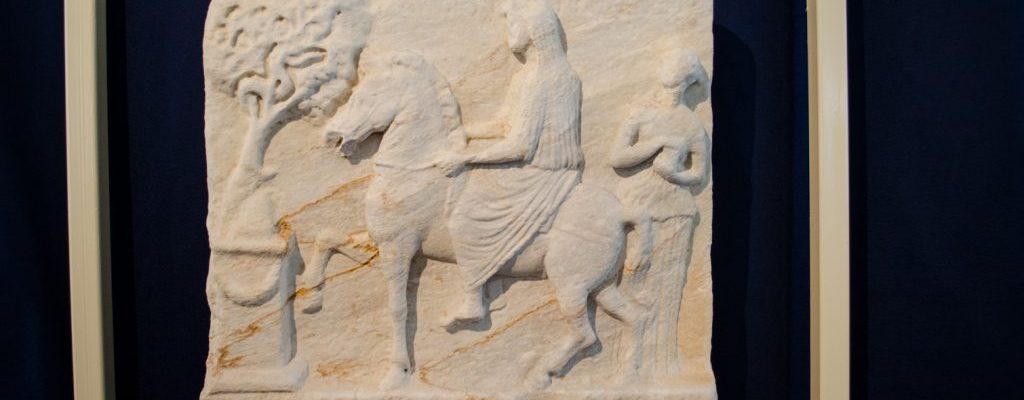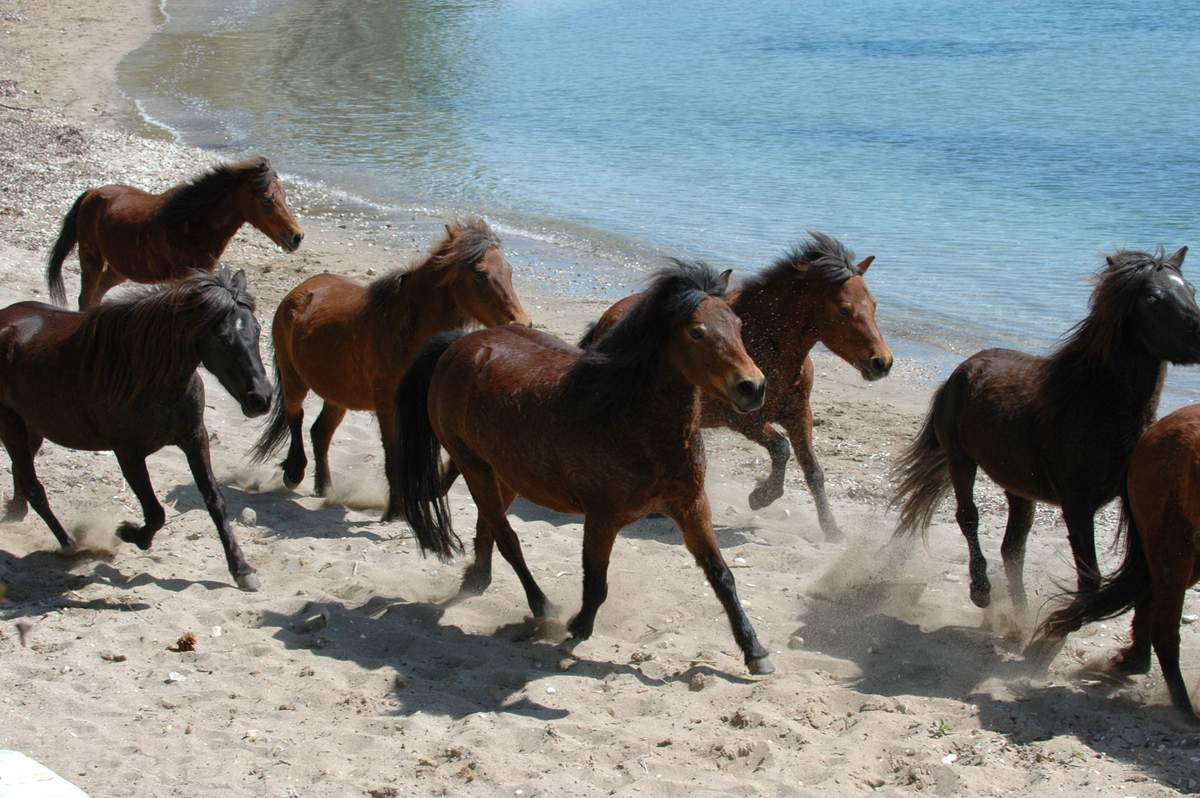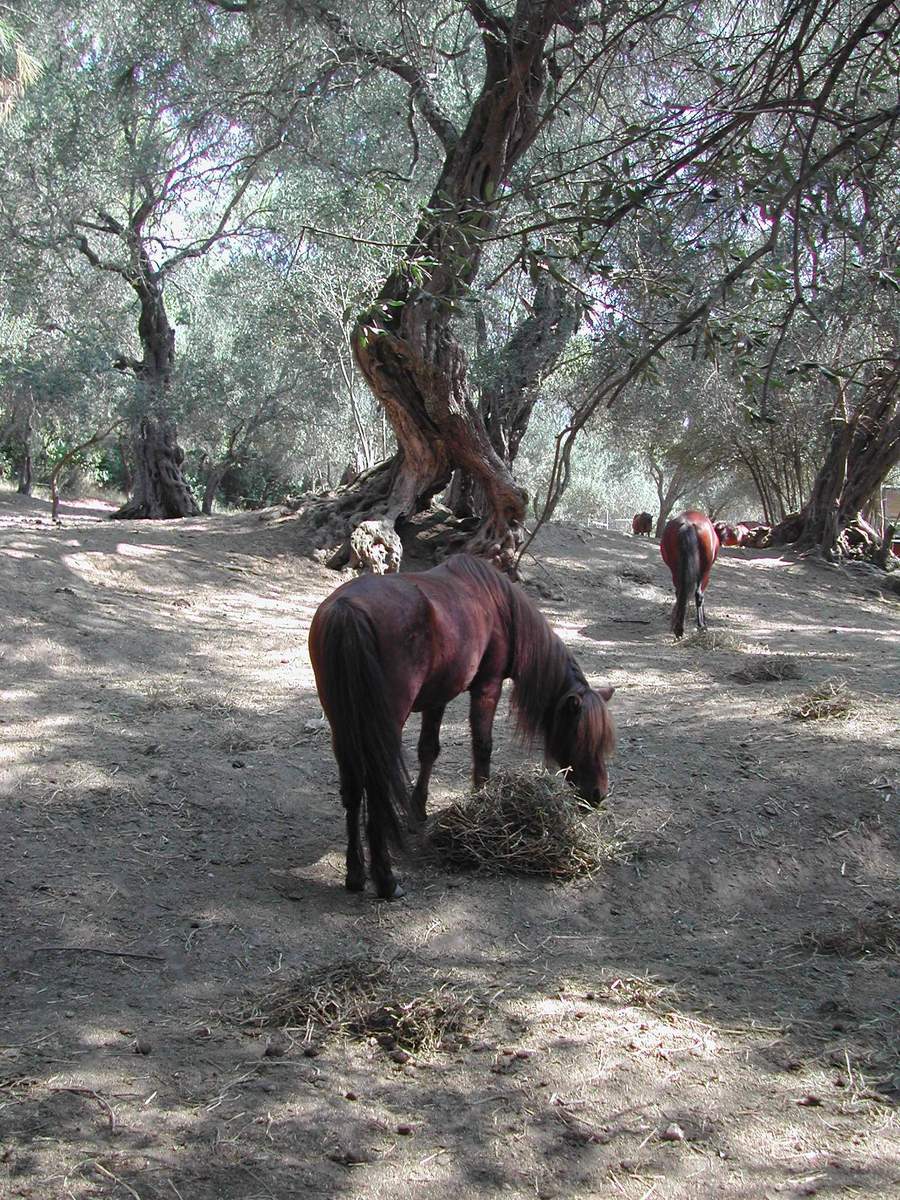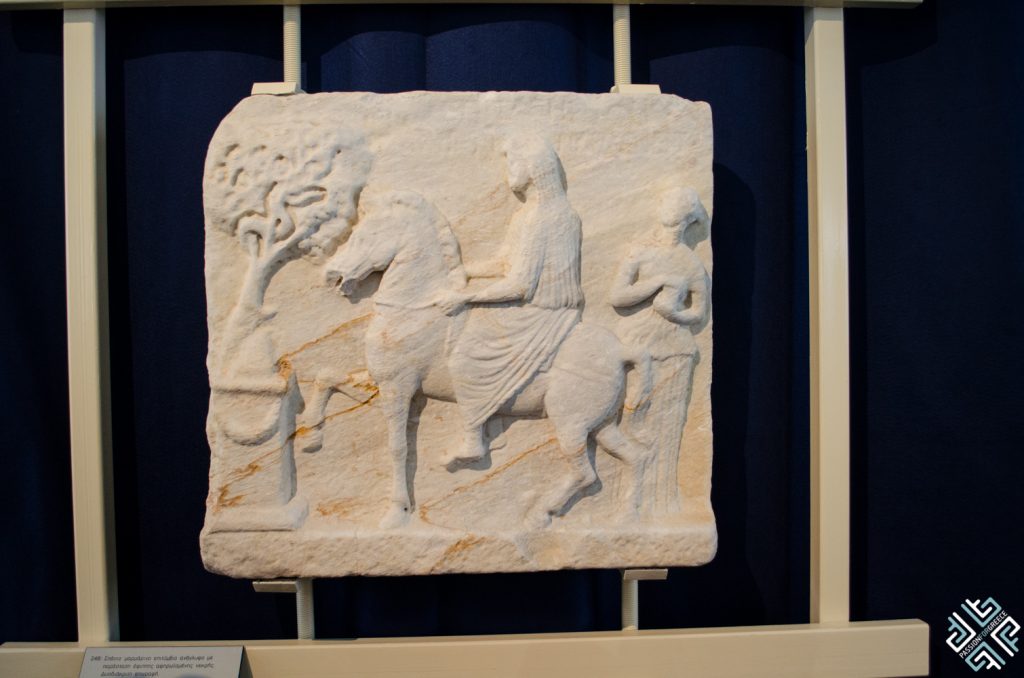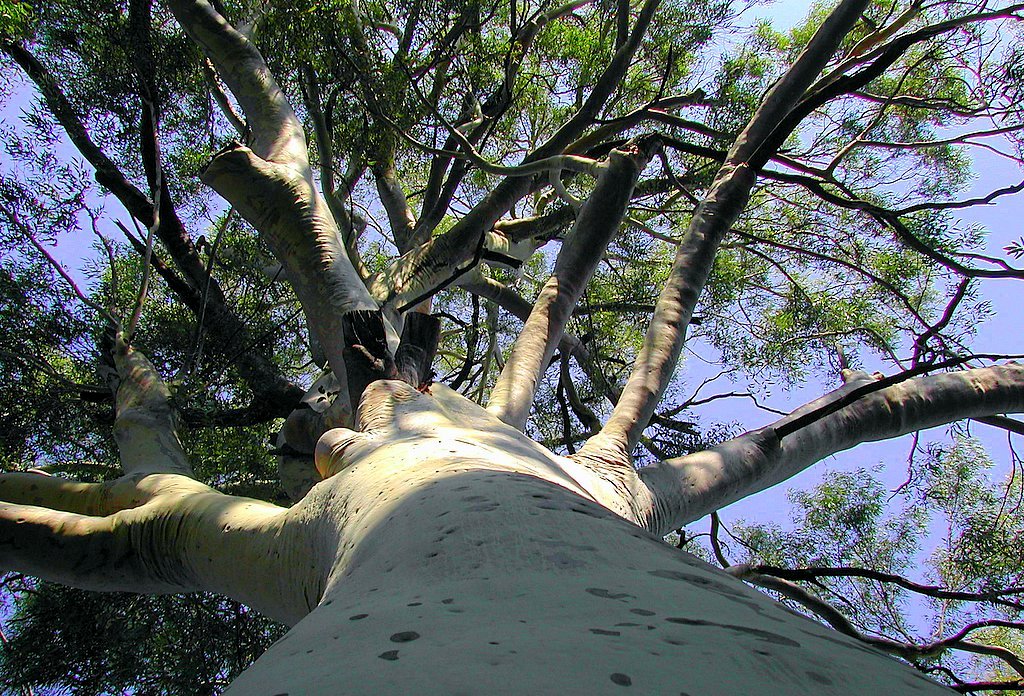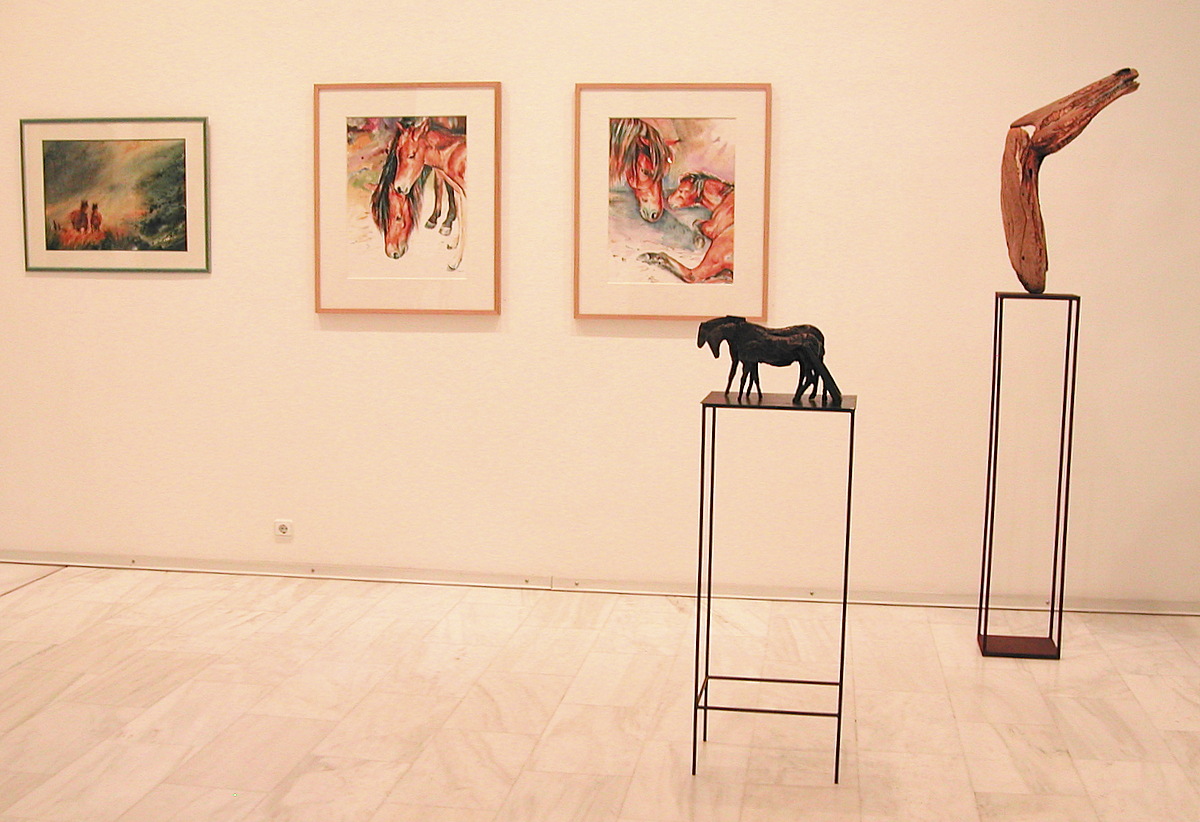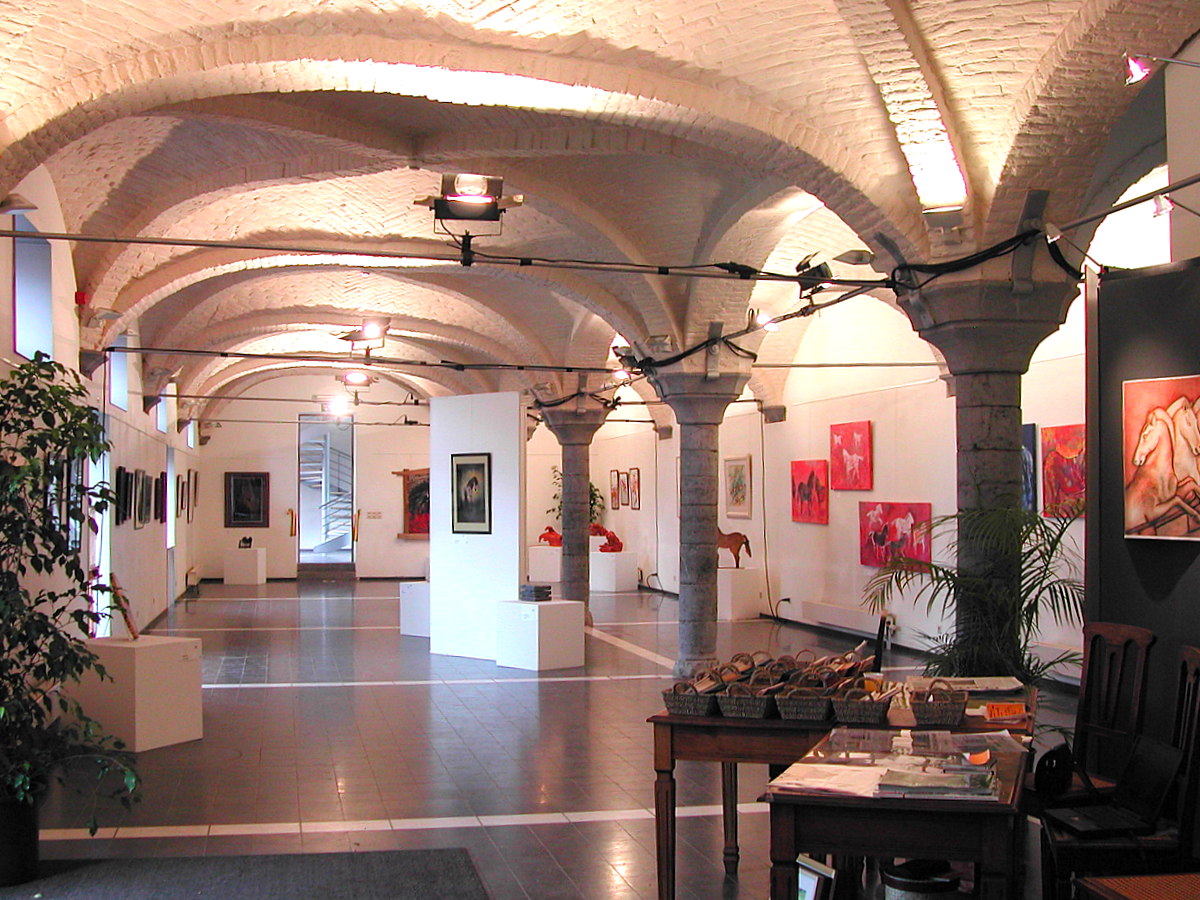The Skyros horse is a small-bodied breed also known as the Hellenic Hipparion, one of the rarest breeds in the world.
The Skyros Horse
The Skyros horse, also known as the Hellenic Hipparion, is possibly as old as four thousand years. Dr. Nikos Kostaras, a hippologist specializing in Greek equine breeds, says evidence had been found that this breed existed on many Greek islands of the Aegean Sea, Cyprus, today’s Turkish coast as well as continental Greece.According to legend, it is the descendant of the horses Achilles, the Greek hero of the Trojan War, rode. The army of Alexander the Great took great care of thousands of these small horses because they were easy to train, didn’t require much food and water and unlike other breeds, they didn’t need shoeing.
Today, the Skyros horse is a protected species. We sat down with Aliki Alexandra Steen, one of the founding members of the SILVA Project to learn more about the organization’s efforts to protect this rare breed.
1. Congratulations of your initiative of establishing The SILVA Project. What are the unique characteristics of the Skyros horse?
The Skyros small horse is valued for the pleasure and inspiration it provides. Its mild character, stamina, intelligence as well as other unique characteristics such as friendliness towards people, adults or children, are legendary. This makes the horse ideal for interaction with children and the elderly as a form of therapy – and it is a mutual relationship. Besides breeding, the SILVA Project provides riding facilities for children with special needs and eldercare. It also provides an ongoing program for college students, from the USA, Canada, Africa, Australia and Europe, who volunteer in the areas of Horse Care, Riding for Children and Therapeutic Riding.
Most recently, the Project acquired 20 acres of kiwi fruit farmland on Corfu, where architectural plans have been completed for a new state-of-the-art Equestrian and Therapeutic Riding Centre, SILVALAND. It has Equine facilities as well as a special educational needs and disability division for children, for eldercare and a small Business/seminar center.
2. Tell us about the history of establishing the SILVA Project which is a non-profit organization and what led to this initiative?
It all started roughly twenty years ago, when our family was approached in Corfu and asked to provide lodgings for four Skyros small horses, two stallions and two mares. By visiting the Greek island of Skyros, the largest and most remote of the Sporades islands in the Aegean Sea –- the family became aware of the horses’ shocking low population, the rapid degradation of their natural habitat and their imminent danger of becoming extinct.
3. Can you tell us a little bit about the history of this unique animal and in what way does the breeding process of the Skyros horse differs from the other horses?
Having survived for the last two centuries primarily on the island of Skyros, the horse was used in agriculture for threshing wheat or just as a means of transport for goods. In just a few decades it became virtually redundant. Many believe that the fate of mankind may be linked to the horse, therefore it became the family’s life commitment to help this gentle and amazing small horse with a monumental history.
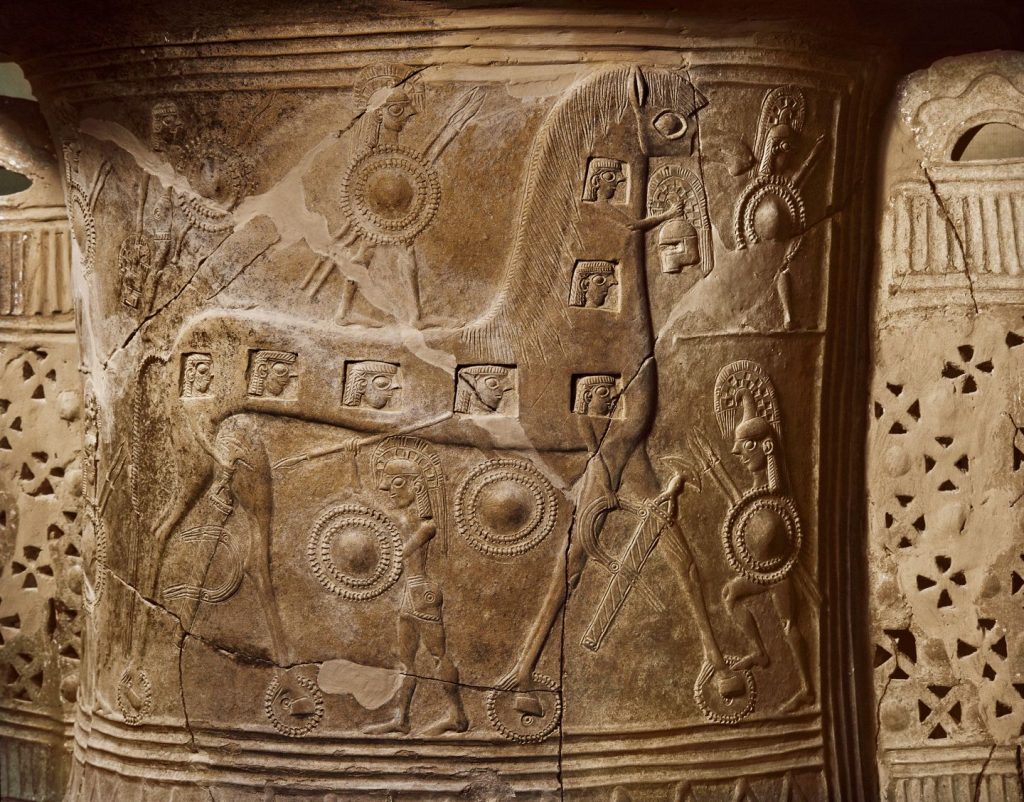
The horse has played a major role in ancient Greece and in the Greek history as a whole. Like other horses, it has experienced until the mid-1960’s a close, ongoing partnership with man. As depicted in iconographies on vases, funeral stelai and statues, it has determined the fate of communities and nations, been decisive in victory or defeat, in wealth and poverty, indeed even in life and death. There are ancient sculptures and amphora paintings in Greece, Cyprus and the Middle East, which illustrate how these little horses were used during the Archaic period.
Archaeologists found small horse skeletons in Marathon, a village near Athens, proving that during the Archaic period, the horses used by the population were of a species smaller than the horses of today. Some of these horses were undoubtedly sacrificed as part of the funeral rites.
Dr. E. Gus Cothran from the Equine Genetics laboratory at Texas A&M University, conducted research relating the degree of genetic diversity in their DNA and where they fit in the domestic horses’ gene pool. In his report, Cothran said,”The Skyros small-horse shows no close relationship to any modern breed, indicating that they are unique and worthy of preservation.” He also said, “Its micro-somatic nature, as in other breeds – Shetland, Caspian, Chinese, et al – proves that the horse managed to survive for hundreds of years in the island’s ecoregion, adapting successfully to the hard environmental and climatic conditions.”
4. How does Corfu’s fauna and flora differentiate in comparison to the rest of Greece? Is it the ideal climate and location which has attracted the Skyrian horse to the island in the first place?
The Steen family brought the Skyros horse to Corfu mainly because the horse required living and breeding free and in a semi-wild environment which was provided at Villa Silva, a privately owned olive grove near Corfu town. Since generations, the property is also considered a rare botanical garden with incredible tropical trees and plants from all over the world.
Corfu’s favorable climate and winter rainfall ensures its verdant nature throughout the year. Corfu has a wealth of natural assets and, especially in the spring, the beauty of the Corfu countryside can take one’s breath away. The most striking aspect of the landscape is the sheer abundance of olive trees.
The island has three classified zones: seashore, lowland and mountain. In June, at higher levels, one can still see species which flowered earlier at lower altitudes. The microclimate of Corfu favors the growth of wild flowers which bloom during all four seasons of the year. There are, for instance, 36 species of orchid which have been catalogued in Corfu. In April and May the ground is a carpet of flowers, changing color from day to day.
The fields and hills are also rich with trees other than olives. One of the most eye-catching is the Judas tree which in spring is a mass of purple flowers. There are also massive oaks and elms, untouched by the ravages of disease. Everywhere the dark green cypress trees pierce the olive groves adding yet another dimension to the landscape. Over 150 species of birds, many of them rare have been sighted in Corfu, either as residents or migrants.
5. Other than the island of Corfu where else in Greece is the Skyros horse bred nowadays?
There are believed to be about 200 purebred Skyrian horses on the planet, most of them belonging to the Silva Project and a smaller Silva-satellite breeding center in Peebles, Scotland. In 2005, the Silva Project team also helped the Katsarelias family to develop another breeding centre in Skyros. The Skyros Island Horse Trust is home to nearly 40 of these animals today.
6. How can someone visit your premises and in what way can they contribute to your efforts to preserve this special breed of the Skyros horse?
The easiest way to visit our premises in Corfu is to contact SILVALAND, the Equestrian and Life Enrichment Centre or simply drive to the woods of Kombitsi, twenty minutes outside Corfu town. SILVALAND is dedicated to offering unique, positive and fun experiences for all our guests that involve horses, other animals and the natural environment.
It is also possible to visit Skyros horses on the island of Skyros as well as in other European countries, including Belgium. The latest non-profit association hosting Skyros horses today is the famous Villers Abbey, situated in the commune of Villers-la-Ville, Belgium.
Should you wish to contribute to the preservation and promotion of the Skyros horse or ancient Hellenic Hipparion, you may visit the permanent HORSE ART exhibition in Athens or make a donation to our non-profit association project and charity The SILVA Project.
We hope that you enjoyed reading about this incredible rare horse. Have you heard about it before? Should you wish to visit the Silvaland on your next holiday to Corfu, we will be happy to arrange your itinerary.

